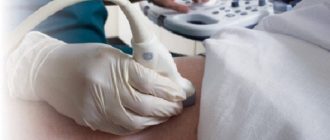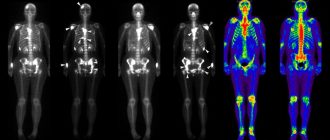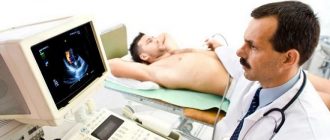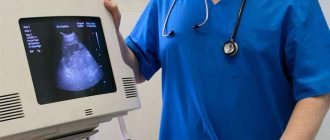White blood cells in prostate secretions may indicate the presence of inflammatory or bacterial diseases. The analysis is not always able to indicate the exact disease, so in some cases additional examinations are carried out. To normalize the indicator, medications and physiotherapeutic procedures are prescribed.
Function and causes of increased leukocytes
In the complete absence of pathologies, an analysis of prostate juice should show the complete absence of any impurities other than those that make up the secretion. , various particles and other substances be added to it Their analysis can give an idea of the presence and determine the disease.
Leukocytes are cells in the blood that perform the body's immune function. When any part of the body is inflamed, their concentration there will be increased. Accordingly, leukocytes in the secretion of the prostate gland, when their level is high, can indicate the presence of an inflammatory or bacterial pathology.
The level of leukocytes in prostate secretions does not apply to the final diagnostic procedures, therefore, after its analysis, additional diagnostic procedures will be prescribed to accurately identify the pathology.
Method for determining leukocytes
This indicator can vary from many factors (presence of injuries, poor hygiene measures, frequent sexual intercourse with different partners, interruption of sexual intercourse, allergies, improper collection of secretions for analysis), therefore, to establish a more accurate picture, not only the secretion is examined, but also an analysis is taken 3 cup urine sample.
The collected material is analyzed for the presence of the following particles:
- Leukocytes.
- Lecithin grains.
- Epithelial cells.
- Amyloid bodies.
The crystalline network of sodium chloride, which is part of the prostatic secretion, can also be studied. If it has the correct structure, then there is no disease. If it is deformed, this is additional evidence of the presence of prostatitis.
Before conducting the analysis, doctors recommend adhering to the following conditions 2-3 days in advance:
- Refrain from sexual intercourse.
- Prevent hypothermia.
- Do not be exposed to physical stress.
- Stop drinking alcohol.
Interpretation of leukocyte analysis results: norms and deviations
Normally, the indicator ranges from 0 to 10 units in the field of view. Elevated levels may indicate the presence of the following diseases in men:
- hyperplasia;
- varicocele;
- pathology of the bladder;
- BPH;
- adenocarcinoma.
In addition, bacteria or their metabolic products may be present in the prostate juice, which indicates the presence of bacterial prostatitis. Also, if gram-negative diplococci are detected, a diagnosis of gonorrhea can be made.
To interpret the results of the analysis, the following scale is used:
- 7-9 units – infection of the urethra, improperly performed hygienic procedures, or improper collection of material;
- 10 to 15 – indicates recent surgery, trauma or a previous acute form of prostatitis;
- 15 to 20 – indicates chronic inflammation of the prostate, acute inflammation of the urethra or bladder. To clarify the pathology, additional examination is used;
- 20 to 40 - in the presence of external symptoms, a diagnosis of the same diseases is established as with 10 - 20 units, if this is not possible, an additional examination is prescribed;
- 40 units are observed in acute prostatitis;
- 50 – 60 – these indicators are present in hyperplasia or adenocarcinoma;
- 65 to 100 – this level of leukocytes is observed in advanced oncological processes. To accurately establish the diagnosis, additional procedures are prescribed - MRI, CT, PSA test and puncture;
- more than 100 units – an advanced form of hyperplasia in the stage of active development. Surgery is required;
- more than 150 units – acute form of prostatitis at the peak of the inflammatory process.
Treatment
If leukocytes in the secretion of the prostate gland are elevated after surgery, then treatment is not prescribed, because this is a transient condition that normalizes over time.
Treatment occurs in accordance with the diagnosis and after consultation with a urologist. Can be assigned:
- Medicines, in particular NSAIDs, antibacterial drugs and androgens. The course and dosage is established by the urologist in each individual case.
- Physiotherapeutic procedures - electrophoresis, exposure to a magnetic field or laser, acupuncture.
- Preventive measures - active lifestyle, getting rid of bad habits, etc.
- Diet - avoidance of foods that irritate mucous membranes and contain cholesterol, limit the amount of fluid consumed in the afternoon, and use vitamin complexes. “Healing table number 5” is taken as a basis.
Preventive measures and diet do not directly affect the level of leukocytes, but they reduce adverse reactions from medications, promote their better action and remove excess blood cells. It is impossible to do this instantly, but with proper treatment their level will gradually decrease to normal.



